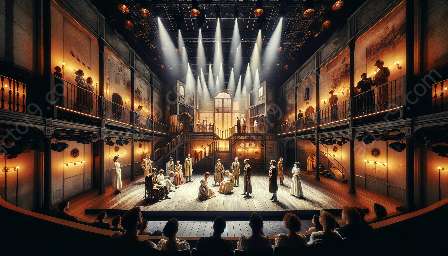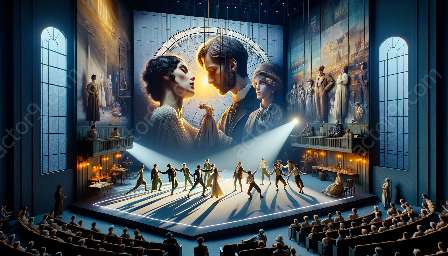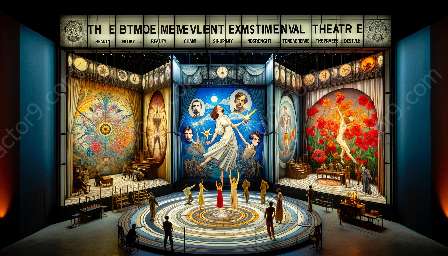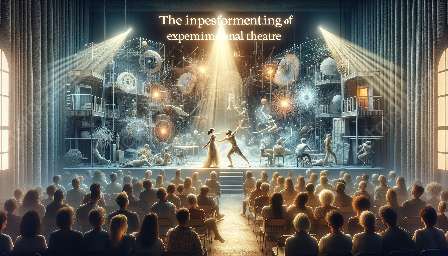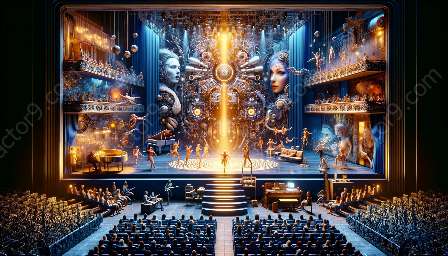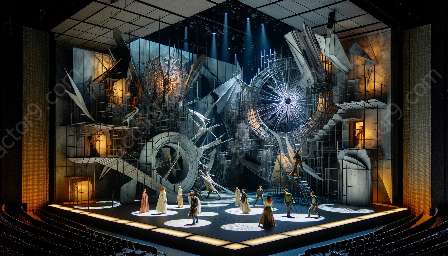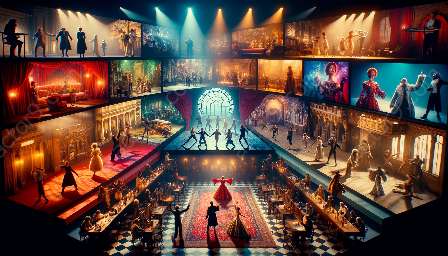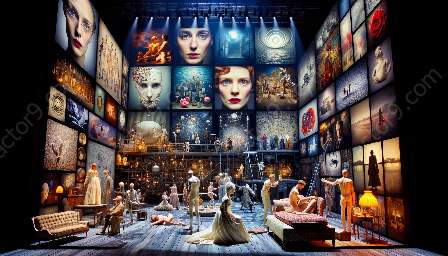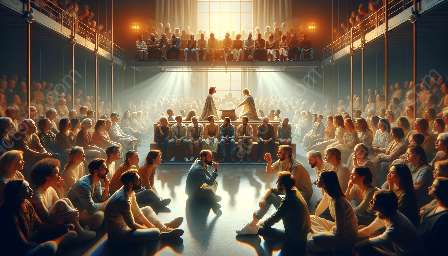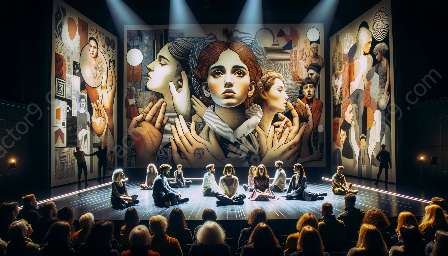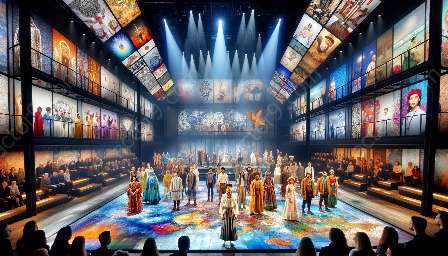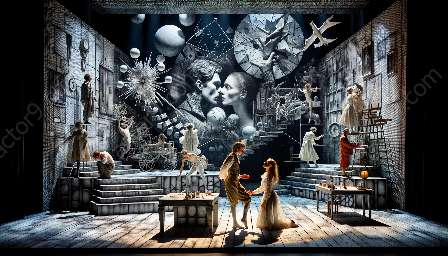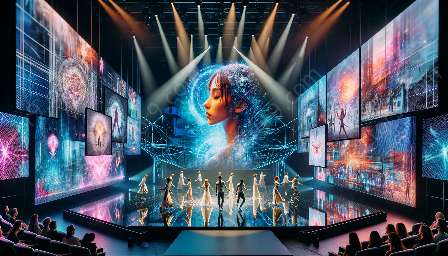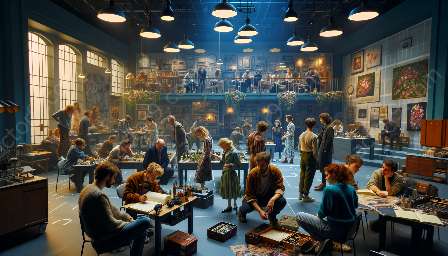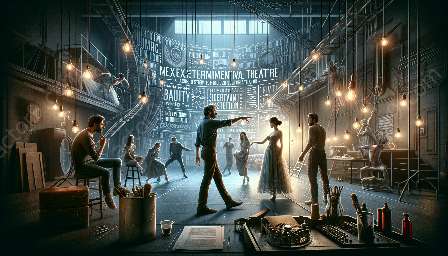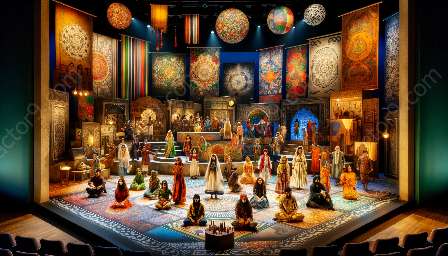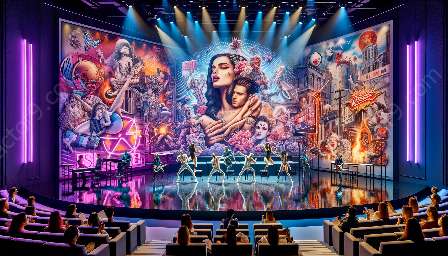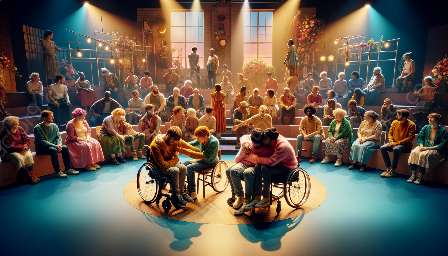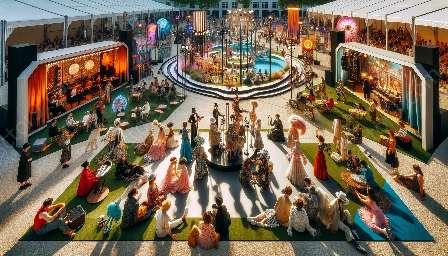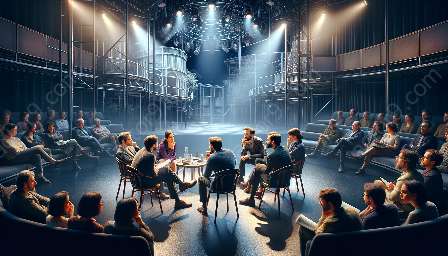Experimental theatre has had a profound impact on contemporary theatrical practices, shaping the way we view and create live performances. This influence is rooted in the innovative and often unconventional approaches utilized by pioneers in experimental theatre, who paved the way for the development of new techniques, themes, and styles in modern theater.
Pioneers in Experimental Theatre
Before delving into the influence of experimental theatre on contemporary practices, it is essential to understand the contributions of pioneers in this groundbreaking artistic movement. Visionaries such as Antonin Artaud, Bertolt Brecht, and Jerzy Grotowski challenged conventional theatrical norms, seeking to break free from traditional storytelling and staging methods. Artaud, for instance, advocated for a 'Theatre of Cruelty,' which aimed to evoke intense emotional and visceral responses from audiences by disregarding naturalistic conventions.
On the other hand, Brecht introduced the concept of 'epic theatre,' characterized by its use of distancing techniques to prevent audiences from becoming fully immersed in the fictional narrative. Grotowski, known for his 'poor theatre' approach, stripped productions of superfluous elements, focusing on the actor's physicality and the raw power of performance. These pioneers collectively redefined the possibilities of theatrical expression and paved the way for the experimental works that followed.
Evolution of Experimental Theatre
The evolution of experimental theatre is marked by the exploration of non-linear narratives, immersive experiences, and the integration of multidisciplinary elements. This departure from traditional theatrical norms allowed for the emergence of diverse forms of expression, including performance art, devised theater, and site-specific productions. Experimental theatre also encouraged collaborations between artists from various disciplines, leading to the fusion of visual arts, music, and technology within theatrical presentations.
Furthermore, the decentralization of the proscenium stage and the blurring of boundaries between performers and spectators became defining features of experimental theatre. Immersive and interactive performances aimed to engage audiences in new and unexpected ways, challenging their preconceived notions of the theatrical experience. Such innovations continue to influence contemporary theater practices, as modern productions increasingly embrace non-traditional spaces, audience participation, and innovative storytelling techniques.
Influence on Contemporary Theater
The influence of experimental theatre on contemporary practices can be seen in the diversification and experimentation with performance styles, as well as the incorporation of social and political themes into theatrical works. The legacy of pioneers in experimental theatre reverberates through the staging of thought-provoking, boundary-pushing productions that confront issues relevant to contemporary society.
Moreover, the emphasis on physicality, non-verbal communication, and the deconstruction of traditional character portrayals has permeated modern acting techniques, challenging actors to explore new modes of expression and embodiment. The use of multimedia, technology, and audience interaction in contemporary theater can also be traced back to the innovations pioneered by experimental theatre practitioners.
Conclusion
In conclusion, experimental theatre has significantly influenced contemporary theatrical practices, fostering an environment of innovation, risk-taking, and artistic exploration. The legacy of pioneers in experimental theatre continues to resonate through the bold and unconventional works produced in today's theater landscape, pushing the boundaries of what is possible on stage and inspiring future generations of theater makers.

